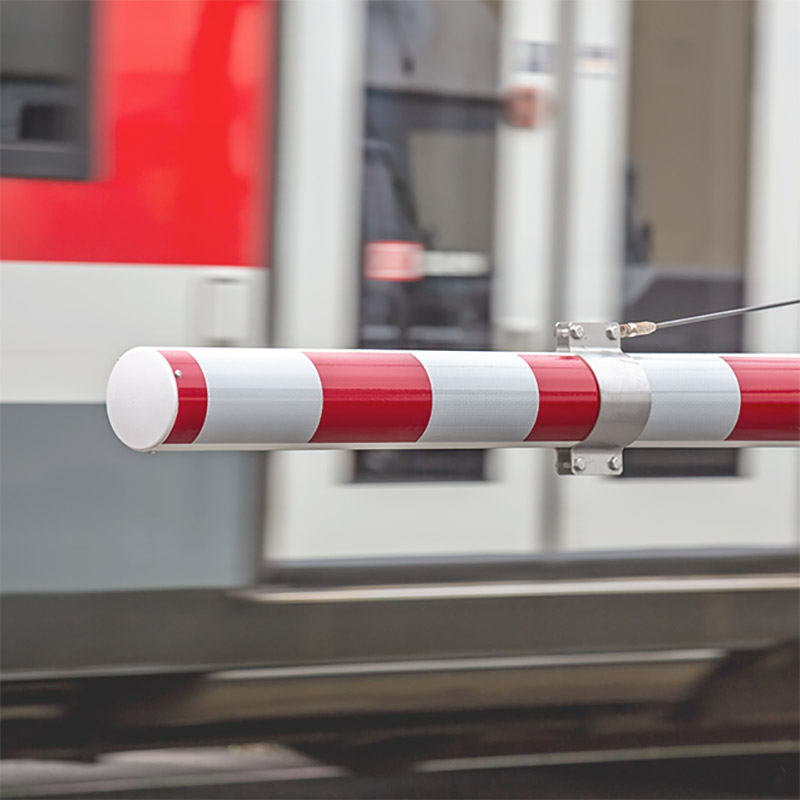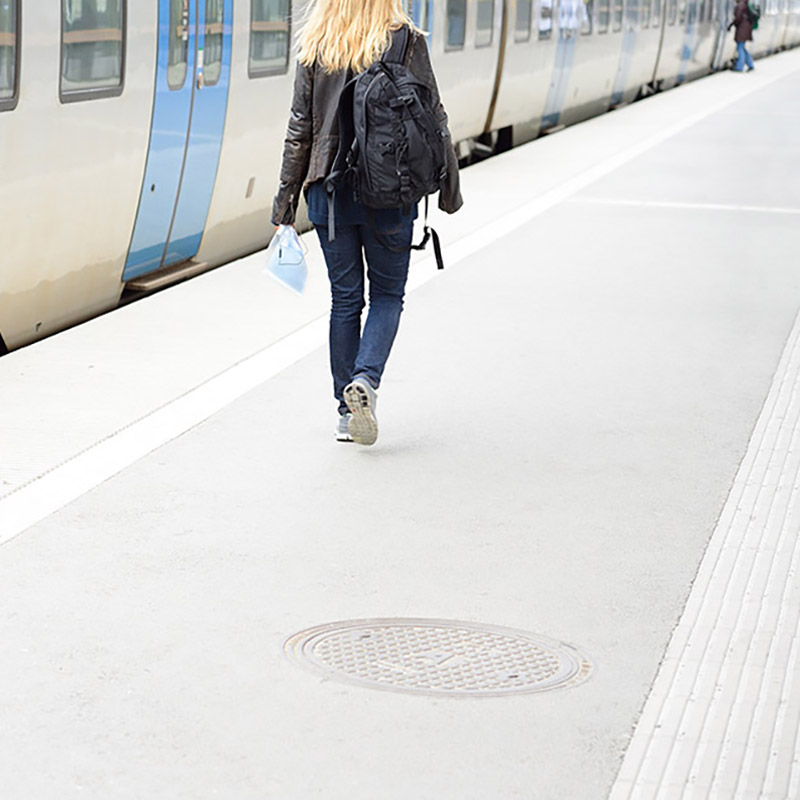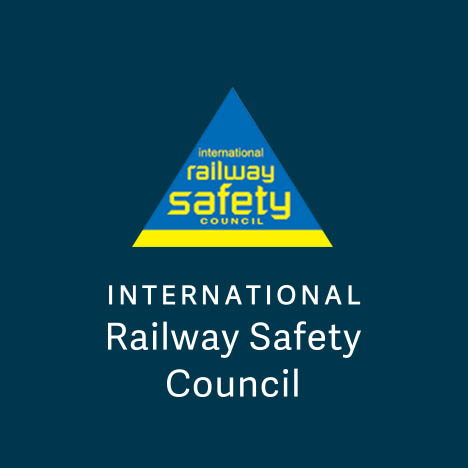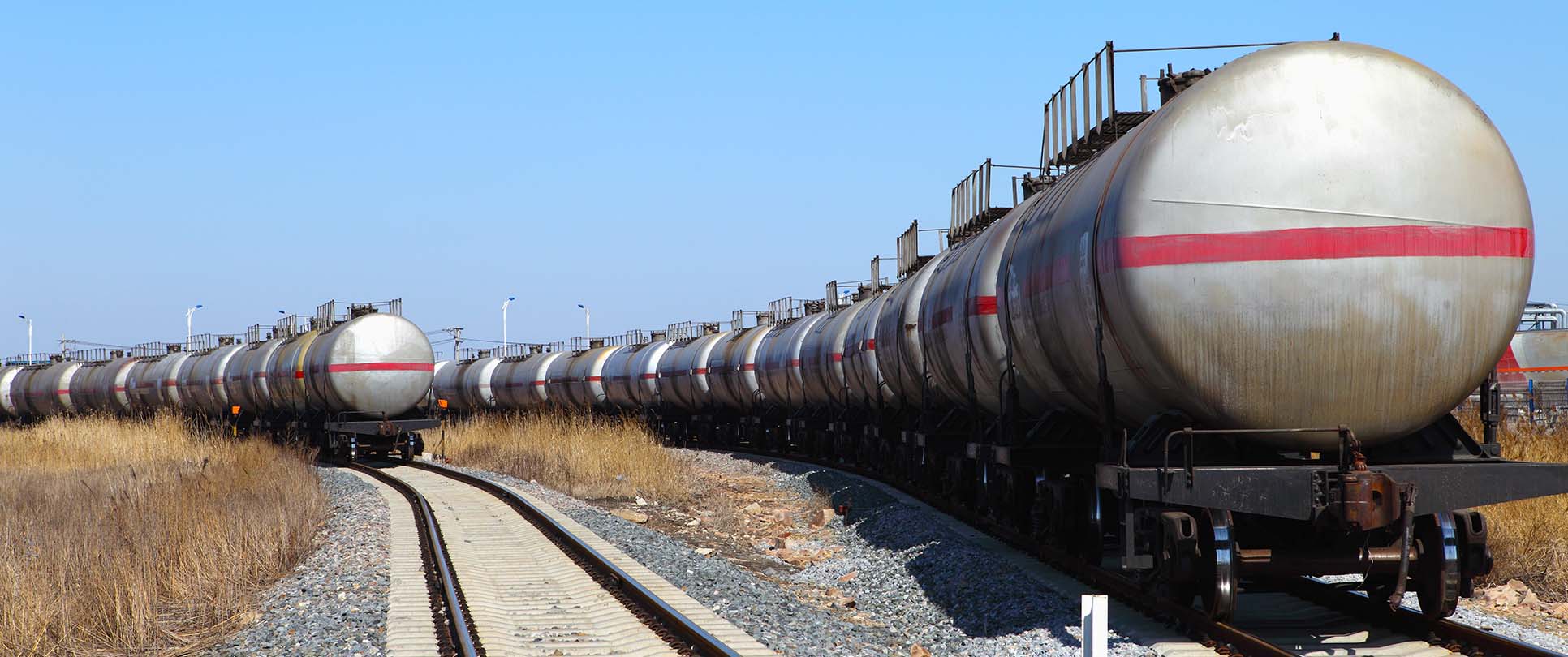Beyond the Organisation: Identifying Further Contributors to Railway Safety Culture, B Accou (Paper)
hong-kong
Sailing on the widespread belief across sectors that a good safety culture is paramount for good safety performance in organisations…
hong-kong
The safe operation of a railway signaling system depends on accurate and up-to-date information on the position and movements of…
hong-kong
This paper will summarize the current practices in different cities including Hong Kong, Singapore, Hangzhou, Shanghai, Beijing, Middle East, etc….
hong-kong
The Assistant Director General of Managers’ Section of JREU outlines how JR East introduced hiring workers as part of a…
hong-kong
This paper proposes a tool based on a compliance, effectiveness and maturity assessment model. This model is inspired by ISO…





